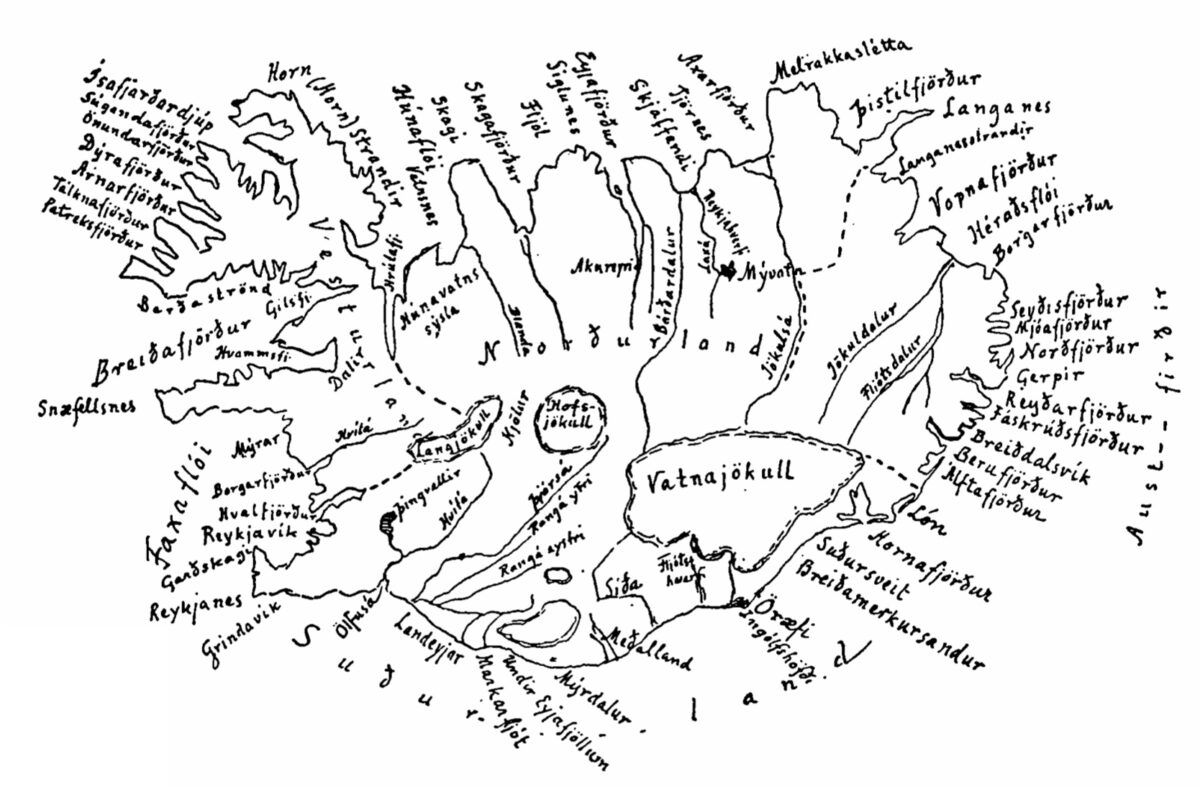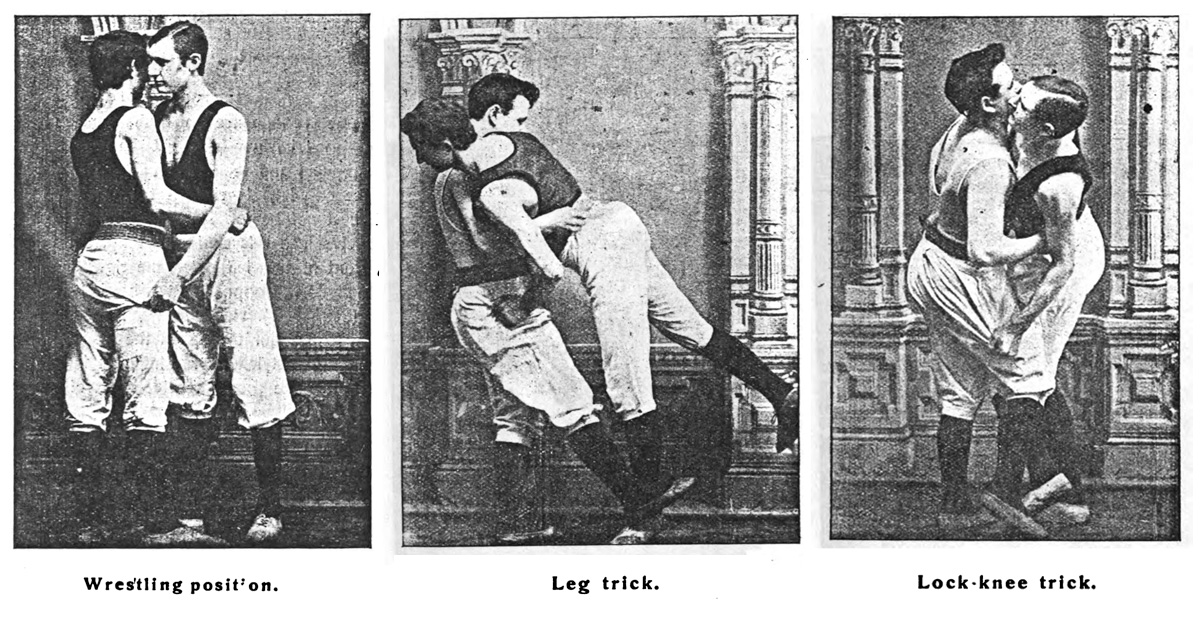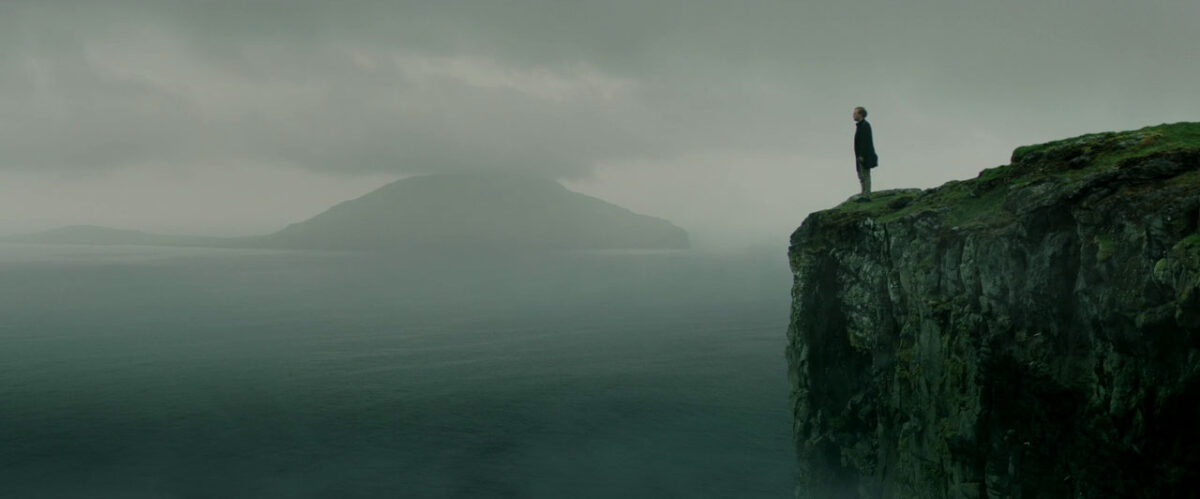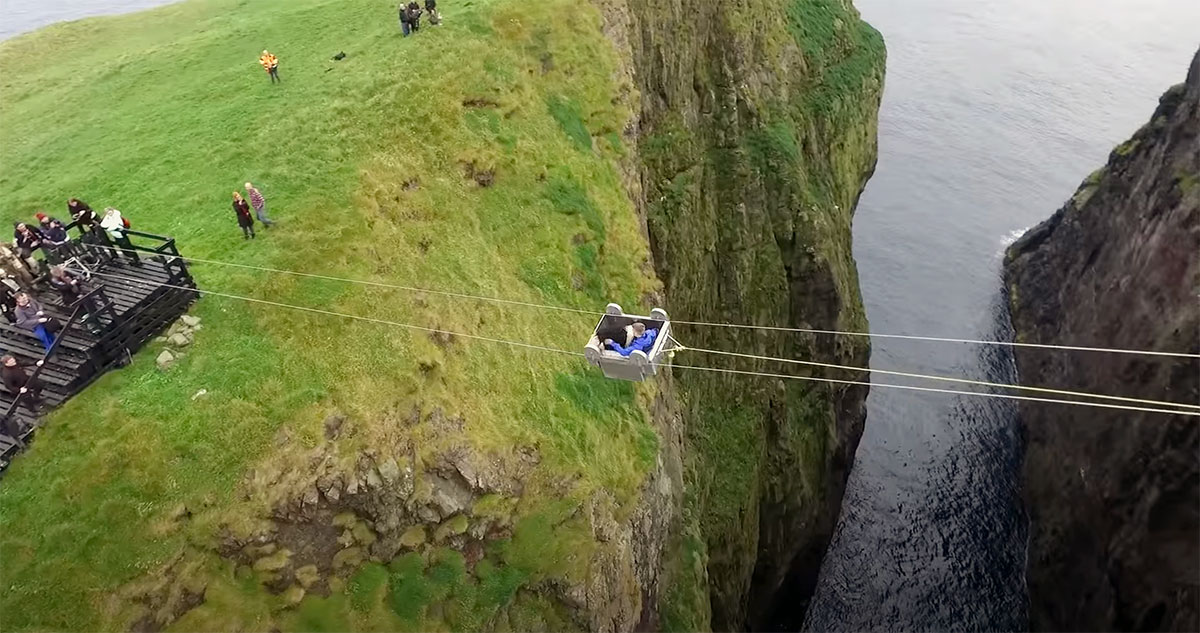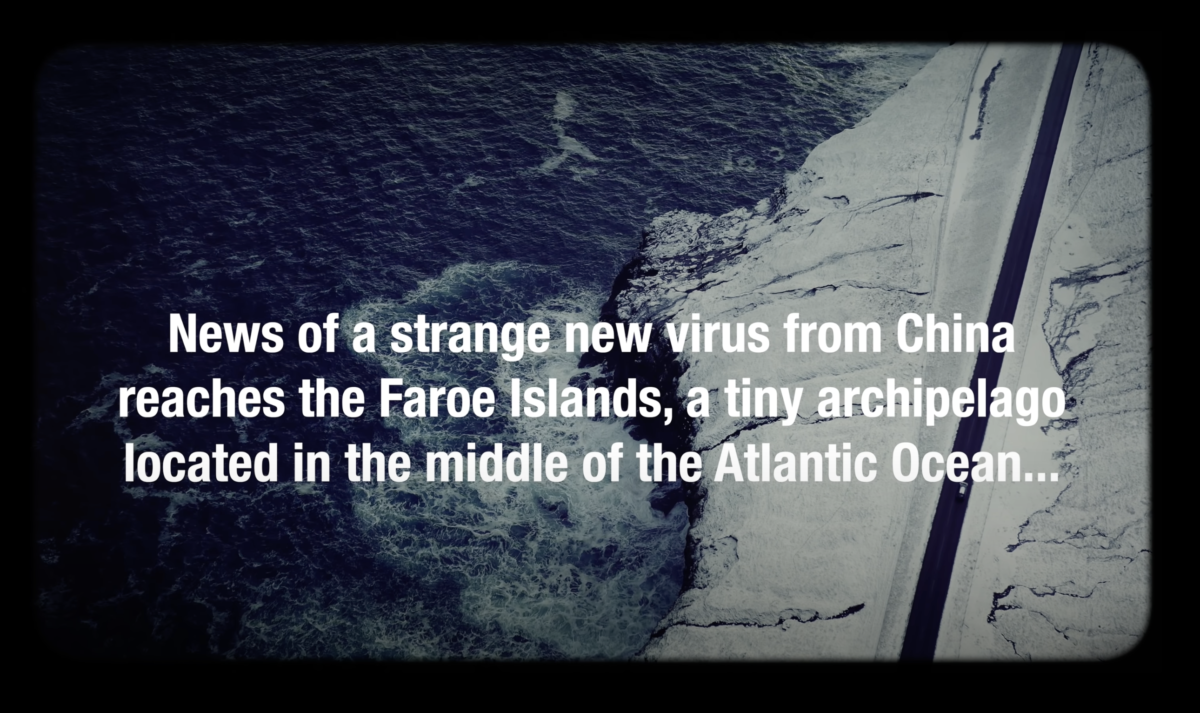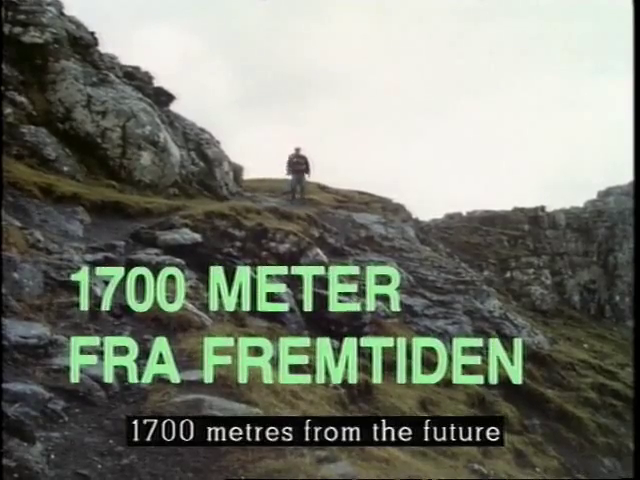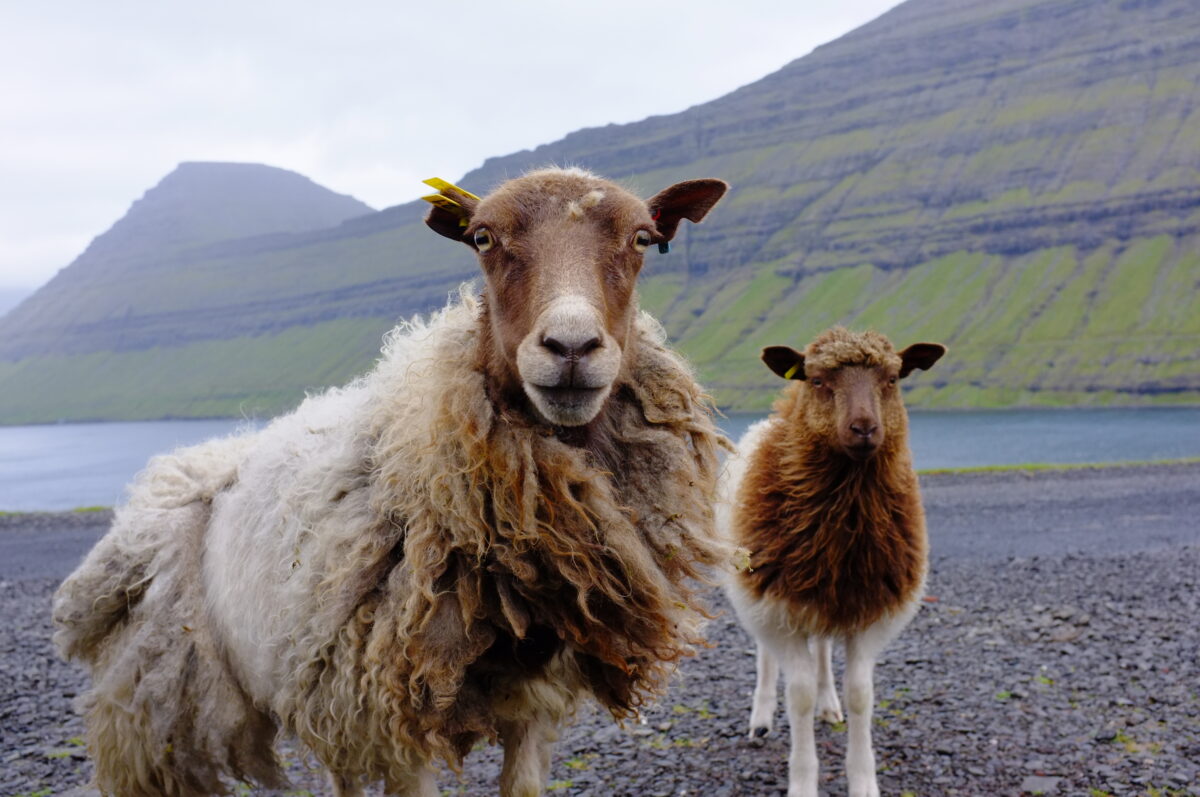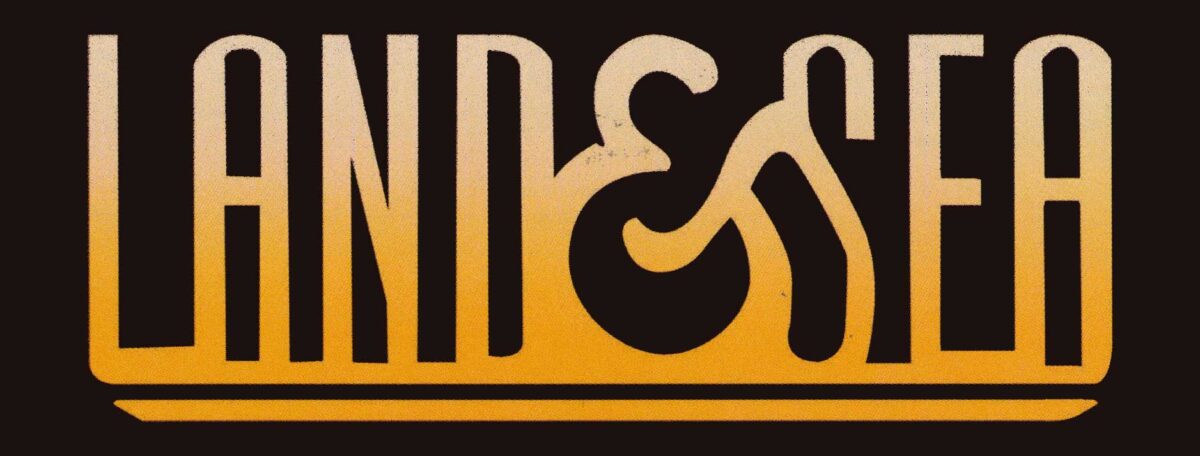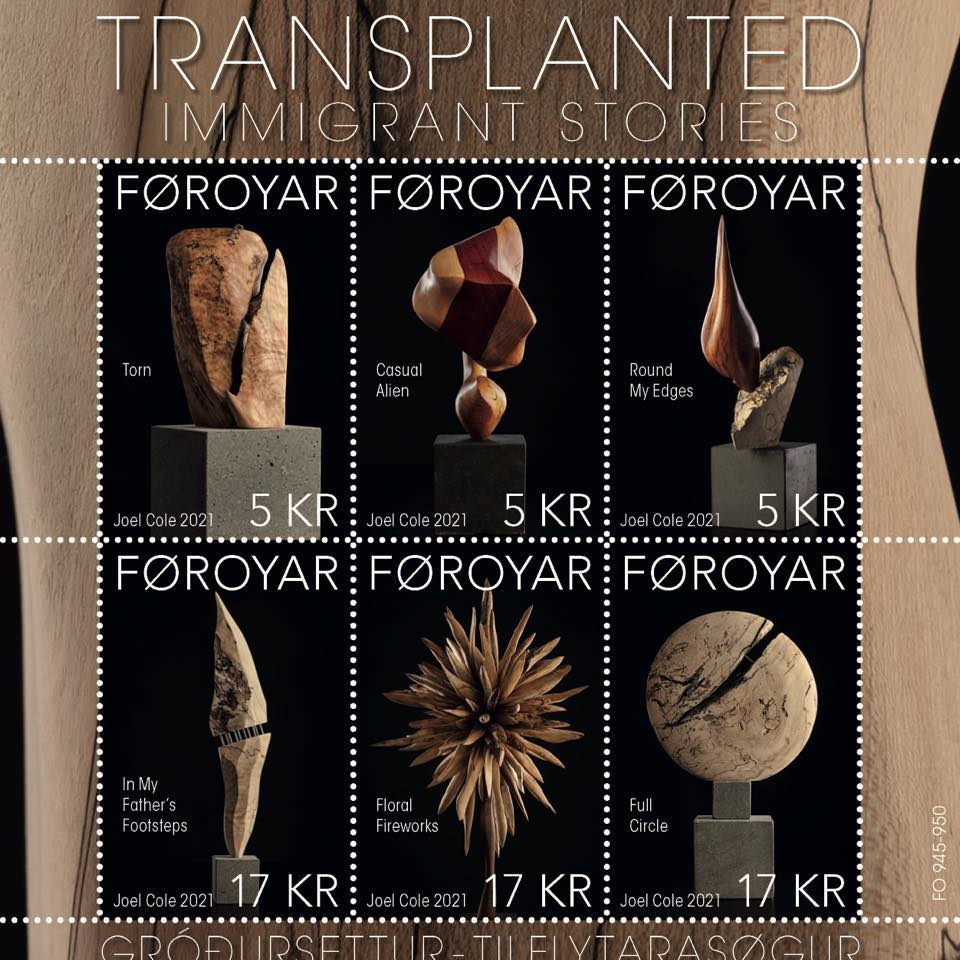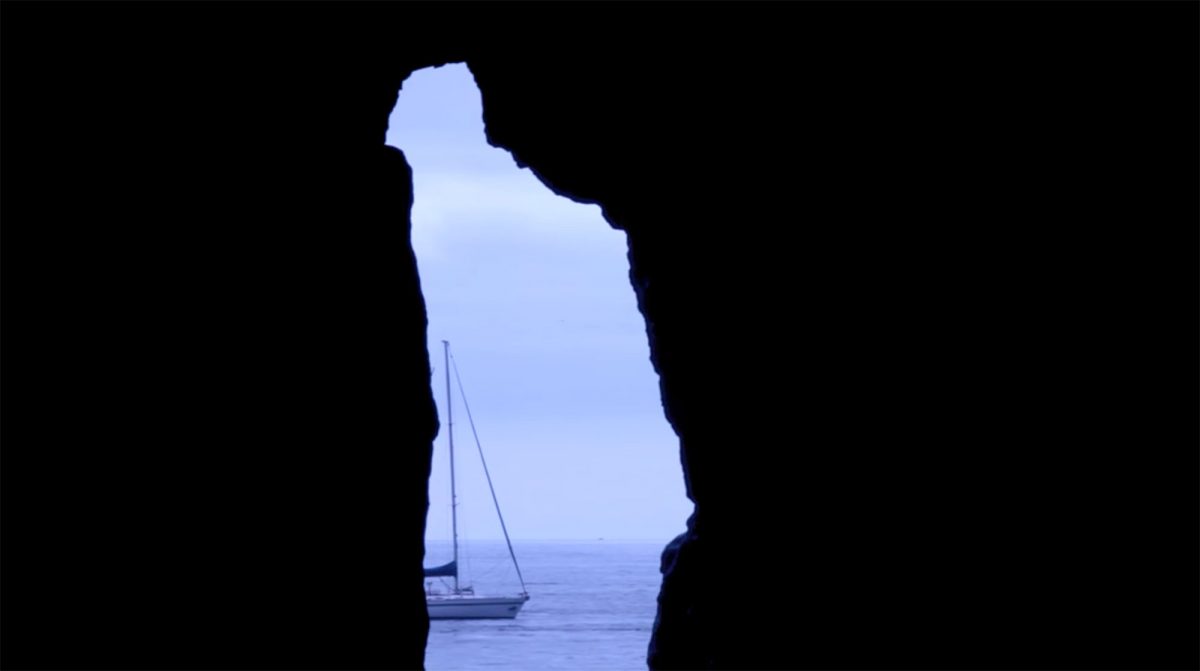Which direction are you heading? In a world of hyper-specific GPS coordinates and turn-by-turn directions, we take it for granted that the cardinal directions of north, south, east, and west are fixed, scientific, and universal. But language, and place, have a way of making words their own. In Iceland, these terms can convey both their common meaning and a place-based understanding that can result in “north” pointing you south.
